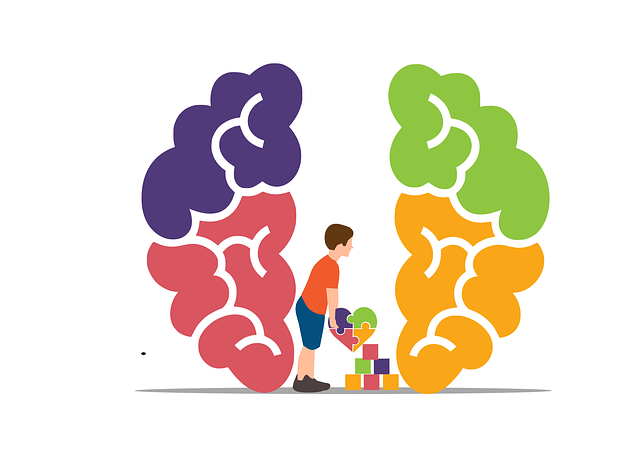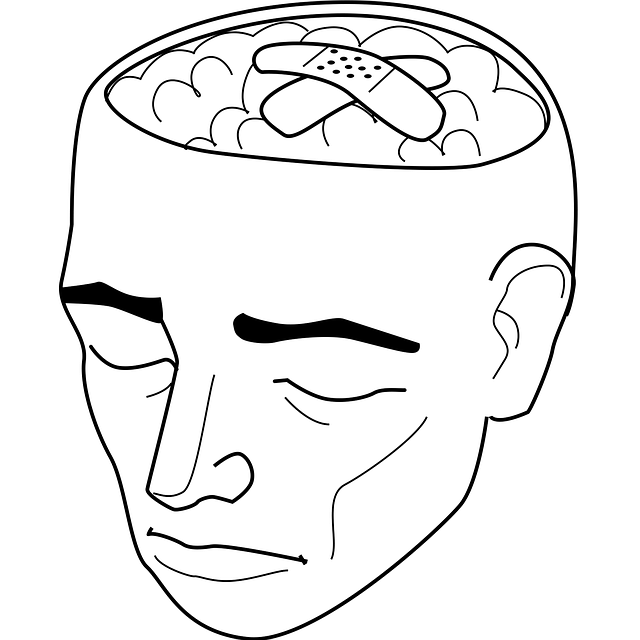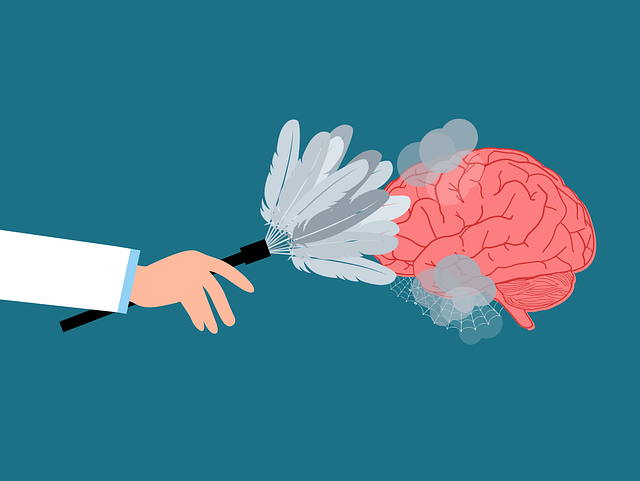Arvada Adolescent and Teen Therapy (AATT) employs comprehensive risk assessment strategies, including medical history evaluation, psychological analysis, and environmental consideration, to create safe, personalized treatment plans. Their Harm Minimization Strategies involve stress management techniques, risk management planning, and a podcast series for enhanced support. Early intervention through specialized programs aims to build resilience and prevent long-term harmful behaviors. AATT's successful approach integrates Mental Health Policy Analysis, tailored therapy, cultural competency training, and case studies, ensuring impactful mental health support and positive outcomes for teenagers.
Risk assessment and harm minimization planning are vital components of effective therapy, especially when targeting adolescents. This comprehensive guide explores these essential strategies within the context of Arvada Adolescent and Teen Therapy. We delve into understanding risk assessment, identifying potential hazards, and implementing practical harm minimization approaches tailored for teen support. Early intervention is highlighted as a game-changer in preventing the escalation of risky behaviors. Through real-world case studies, we showcase successful risk management strategies employed by Arvada Adolescent and Teen Therapy.
- Understanding Risk Assessment: Identifying Potential Hazards in Adolescent Therapy
- Harm Minimization Strategies: Practical Approaches for Teen Support
- The Role of Early Intervention in Preventing Escalation of Risky Behaviors
- Case Studies: Success Stories of Effective Risk Management in Arvada Adolescent and Teen Therapy
Understanding Risk Assessment: Identifying Potential Hazards in Adolescent Therapy

Risk assessment is a vital component of Arvada Adolescent and Teen Therapy, as it enables therapists to identify potential hazards and mitigate risks in treatment plans. By thoroughly evaluating various factors, including clients’ medical history, psychological states, and environmental influences, therapists can create safe and supportive environments for young individuals. This process involves recognizing not only immediate dangers but also long-term issues that might impact a teenager’s well-being.
In adolescent therapy, understanding the mental health landscape is crucial. Harm minimization planning requires addressing factors like self-care practices and self-esteem improvement to foster resilience. Through a comprehensive Mental Health Policy Analysis and Advocacy approach, therapists can ensure that their interventions are aligned with current best practices, promoting positive outcomes while prioritizing the unique needs of each teenager.
Harm Minimization Strategies: Practical Approaches for Teen Support

Harm Minimization Strategies play a pivotal role in Arvada Adolescent and Teen Therapy, focusing on practical approaches to support teens effectively. By implementing these strategies, mental health professionals can create a safety net for young individuals navigating challenging situations. One key approach is integrating Stress Management techniques into therapy sessions, empowering teens with tools to cope with anxiety and distress. This not only enhances their resilience but also fosters a sense of self-awareness and emotional regulation.
Additionally, Risk Management Planning is an essential component. Through this process, professionals can proactively identify potential risks and develop strategies to mitigate them. The Mental Wellness Podcast Series Production serves as a valuable resource, offering insights and practical guidance for both therapists and parents. By combining these methods, Arvada Adolescent and Teen Therapy ensures comprehensive support, aiming to minimize harm and promote the mental wellness of its young clients.
The Role of Early Intervention in Preventing Escalation of Risky Behaviors

Early intervention plays a pivotal role in risk assessment and harm minimization planning, particularly for adolescents and teens. By identifying potentially harmful behaviors at their inception, therapists and support services can prevent their escalation. Arvada Adolescent and Teen Therapy offers specialized programs that focus on building resilience, enhancing social skills, and providing trauma support services – all crucial components in the early intervention process.
This proactive approach not only helps young individuals navigate challenging situations but also equips them with the tools to make healthier choices. Through targeted interventions, therapists can guide adolescents towards more positive behaviors, fostering their overall well-being and reducing the likelihood of engaging in risky activities that could have lasting detrimental effects.
Case Studies: Success Stories of Effective Risk Management in Arvada Adolescent and Teen Therapy

Arvada Adolescent and Teen Therapy (AATT) stands out as a beacon of hope for many young individuals grappling with mental health challenges. Through meticulous risk assessment and proactive harm minimization planning, AATT has transformed lives and set a benchmark for effective therapy practices. Case studies of their success highlight the power of individualized approaches, where therapists employ tailored strategies to address unique risks and vulnerabilities.
By integrating Mental Health Policy Analysis and Advocacy into their framework, AATT ensures that the needs of its clients are not just met but also reflected in broader healthcare policies. Their emphasis on Empathy Building Strategies fosters deep connections between therapists and patients, creating a safe space for vulnerable teens to open up about their struggles. Additionally, Healthcare Provider Cultural Competency Training plays a pivotal role in understanding and addressing the diverse backgrounds and needs of AATT’s clientele.
Arvada Adolescent and Teen Therapy’s comprehensive approach to risk assessment and harm minimization planning demonstrates the importance of proactive measures in adolescent well-being. By identifying potential hazards early on, implementing practical strategies, and emphasizing the value of early intervention, this therapy model not only prevents risky behavior escalation but also fosters positive outcomes for teens. The case studies featured further illustrate the effectiveness of these methods, showcasing successful risk management that has left a lasting, positive impact on young lives.














